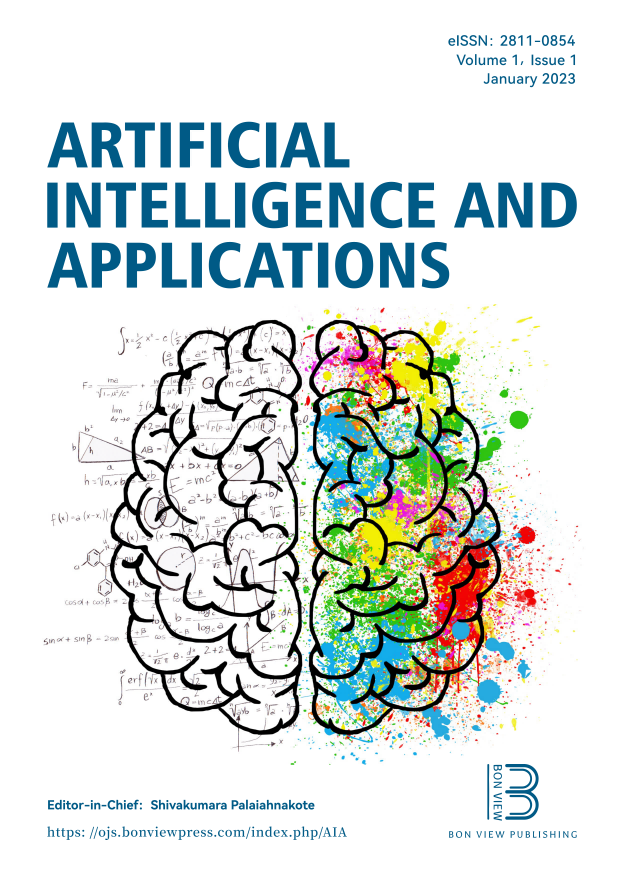Development of AR Experiment on Electric-Thermal Effect by Open Framework with Simulation-Based Asset and User-Defined Input
DOI:
https://doi.org/10.47852/bonviewAIA2202359Keywords:
augmented reality, learning material, simulation-based asset, thermal management, user-defined inputAbstract
Augmented reality (AR), an advanced information and communication technology, has gained widespread concerns in teaching physics due to its possibility for reducing cost of equipment, enhancing comprehension of abstract concepts, and overcoming tendency of diminishing interests of students. Although the fruitful applications have been created frequently with the aid of AR framework using standard devices, for example, head-mounted display, there is less likely for the image detection-based framework to integrate the virtual assets with the real objects with ability of supporting inputs of the invisible elements and thus makes it difficult to maintain evolutions of the augmented information over the physical quantity such as current in the AR-based physical experiment. In this paper, an open AR framework with simulation-based assets triggered by user-defined inputs is proposed to allow physics teachers to create their own AR teaching materials. Considering the teaching of electric-thermal effects by exploring the thermoelectric cooler-based thermal management of power device, furthermore, the proposed framework is illustrated from the perspective of the three paramount tasks: (1) a simple and accurate generation of assets from the finite element simulation; (2) a low-cost and convenient measurement of physical quantities by the microcomputer unit with Bluetooth connectivity; and (3) a real-time and changeable controlment of simulation-based assets by the measured data using the thread-based Python script. Experimental results show that students are excited in the AR application interacted with the real operation of current, and moreover, physic teachers are easy to design and deploy the simulation-based framework with user-defined inputs to create their own AR learning materials for sparking growing interests of students.
Received: 16 August 2022 | Revised: 6 September 2022 | Accepted: 1 November 2022
Conflicts of Interest
The authors declare that they have no conflicts of interest to this work.
Metrics
Downloads
Published
Issue
Section
License
Copyright (c) 2022 authors

This work is licensed under a Creative Commons Attribution 4.0 International License.






